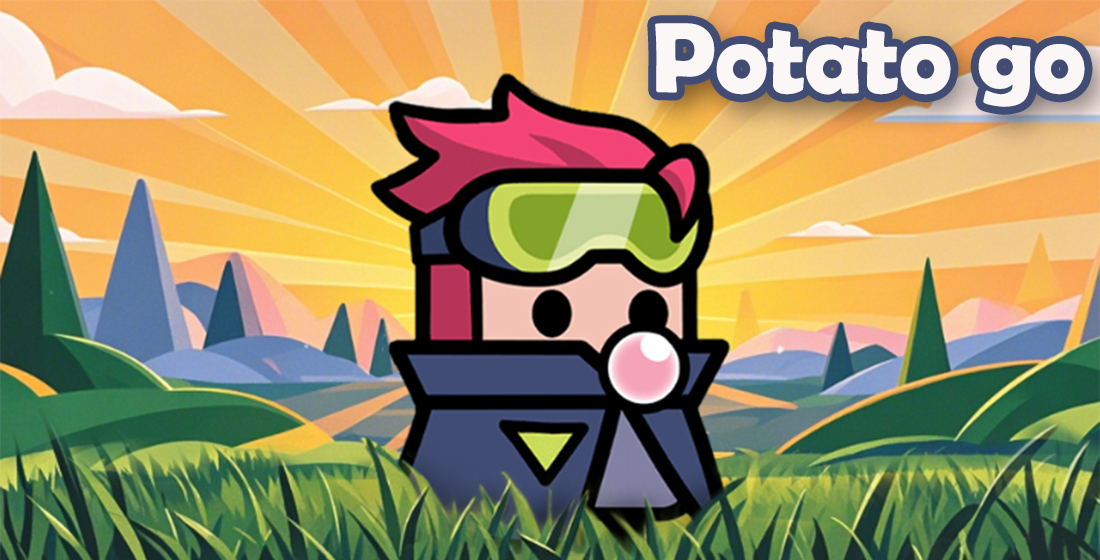The Evolution of Mobile Gaming: How Idle Games Took Over iPhones
M obile phones have transformed from mere communication tools into digital playgrounds. Yet, within this dynamic ecosystem, an unassuming genre quietly rose to prominence: the **idle games trend** that's redefining app engagement.
No fancy animations required, no real-time strategy skills necessary. What started as a niche category on browsers and downloadable content evolved rapidly—especially on platforms like Apple’s iOS. Suddenly, even casual gamers with only a few minutes were investing daily in passive experiences that could stretch hours without effort.
- Gamer attention spans shrinking due to busy lifestyles?
- Casual mobile design becoming less about challenge, more about reward cycles?
- Is “set-it-and-forget" really more addictive than competitive online shooters?
If we dig deep, we find patterns emerging across titles that don’t demand skill—but do manage to command playtimes far exceeding traditional puzzle genres. Let’s unpack what made this unlikely corner of iOS games culture become such a dominant force in digital playtime metrics today.
A Deceptive Simplicity – The Rise Behind “Do Nothing Games"
| App Name | iOS Release Year | Type of Automation |
|---|---|---|
| Inflation Simulator | 2015 | Farm-like Resource Collection |
| Tasty Town: Cooking Madness | 2020 | Restaurant Production Chains |
| Digital Villagers | 2023 | Passive NPC Behavior Tracking |
As the table indicates, these games rely heavily on progression systems you simply leave running. But that very passiveness is oddly enticing, almost meditative. Why does doing nothing attract millions each month when most users are used to fast-paced interactions? The answer lies beneath layers of game mechanics—like compounding gains triggering small bursts of dopamine similar to slot machines or farming simulations.
Skill Not Required — Progress Is King
You’d be amazed (and somewhat amused) at how well many of these idle game engines cater to low-energy users. While high-performance games might burn energy levels, this segment thrives precisely by being stress-free and endlessly scalable. Some idle loops span over months, giving dedicated followers something new just by occasionally returning for brief checkups and harvesting virtual currencies. Think about it—players return again not for achievement, but for scheduled comfort.
Predictability With Rewards: Breaking Addiction Into Math
We've been conditioned to chase big scores and milestones. However in this genre? Those same triggers are softened but still present. Instead of leveling hard fights or solving increasingly difficult tasks, progress feels inevitable. That subtle sense that success can be yours—even while doing absolutely zilch—is powerful. And the numbers support that claim:
- User retention peaks between Days 3–5
- Daily sessions last anywhere between 45 seconds to two minutes per login
- Increase in active accounts after three-week windows exceeds standard benchmarks
How ASMR Mechanics Enhanced Gameplay Flow
Closer examination reveals that many idle titles are blending soft-spoken tutorials or repetitive sounds—commonly found among **“cooking asmr videos."** For those unfamiliar, cooking-centric apps often replicate gentle tapping, pouring actions, and relaxing background sounds. When combined with idle elements? The effect becomes something entirely new: immersive, rhythmic, and satisfying without effort involved. These auditory components help ease anxiety during micro-sessions. Users don't need full immersion—just enough stimuli to feel emotionally fulfilled through interaction without actual pressure behind performance. That fusion between ambient feedback loops and hands-off automation appears promising. Not everyone plays to escape. Sometimes, people seek solace disguised under simple game rules.
- New Genres Merging Soundscapes with Idle Cycles
- ASMR-enabled Clickers (ex. TapMaster Zen)
- Cooking Idle Farms w/Satisfying Audio (ex. Farm & Firepot Sounds Series)
- Doodle Meditation Timers With Visual Growth Indication (Tibba Tapp App)
Hidden Addictions Within Passive Designs
This genre's success isn't limited merely because it fits convenience culture. It actually leverages behavioral reinforcement models effectively: Every log-in brings new items unlocked automatically—sometimes unexpected. These random positive hits drive curiosity spikes that convert to consistent daily engagement. What makes them especially dangerous is that players don’t even *realize* they’re hooked until it’s ingrained. And while the concept may resemble farmville-level habits, idle game psychology leans closer to loot boxes or endless runner mechanics—they provide short-term highs and open long arcs. The difference? No user effort demanded beyond presence.
| Player Behavior Trend | Description |
|---|---|
| Check-Ins | Habit-driven revisits, no action needed except launching app regularly |
| Rewards | Bosses defeat themselves unless missed for too long—creating urgency to stay logged-in |
- User experience hinges not on difficulty curves, but emotional satisfaction and routine-building habits.
- Creative cross-breeds—such as **cooking asmr games hybrids**—create unique selling propositions where audio blends into UI interactivity seamlessly.
- iOs games focused on passivity appeal most strongly to multitasking populations, not dedicated gamers seeking hardcore titles.
- The true potential here hasn't plateaued—we might only just scratching the surface of idle + narrative-driven hybrids that keep story evolving offline, revealed incrementally via regular gameplay touches



